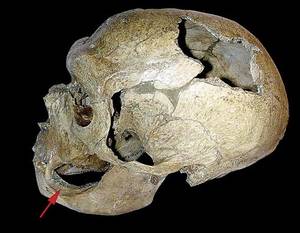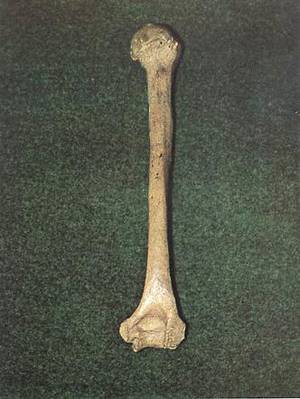When Neanderthals became ill...
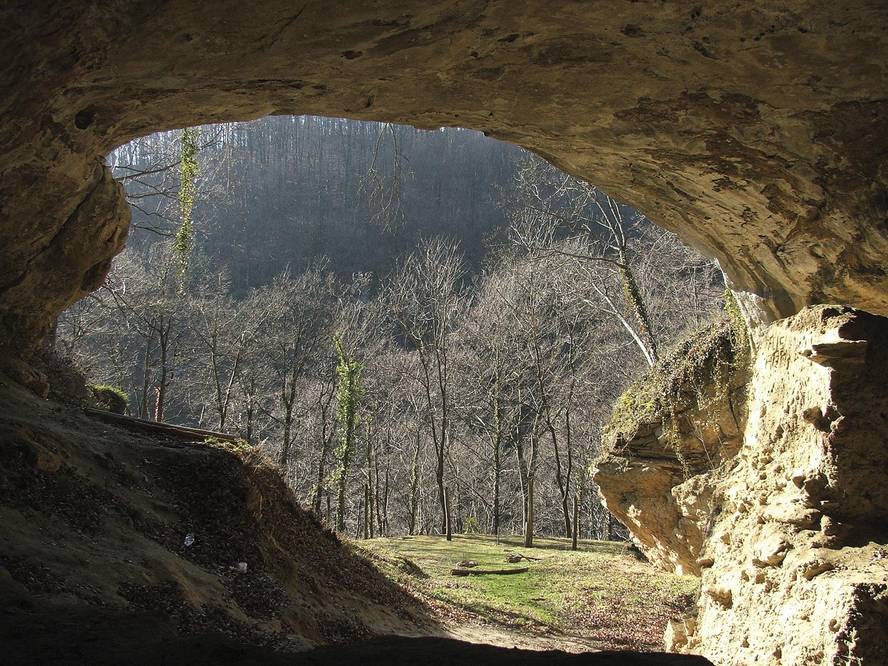
Neanderthal is the famous human species that lived in Europe and East Asia between 200 thousand and 30 thousand years ago. Famous for three reasons: in the first place it was described as the first fossil species; in the second place, because the extinction of the species is a mystery still unsolved by human archaeology and paleontology; and, finally, because the crossing between the Neanderthal and the modern man has given rise to endless controversies, especially in the field of genetics. The Neanderthals were our distant cousins/cousins with which we have a common ancestor.
As for their appearance, the males had about 165 cm and the females about 155 cm, were of broad body, of solid aspect. They had a big brain inside a long skull, and what they call most attention from the face is the drooping back, the big nose, and the big end. Those nomadic hunter-gatherers lived in small groups, usually 10-30 people. They knew their surroundings, selected the suitable raw materials to manufacture stone tools and were able to plan beforehand. They had a complex behavior and ability to speak, and most of the skeletons found in their totality are a consequence of burial. In Europe, they are mainly related to the Musterian culture of the Middle Paleolithic (better said, cultures), and the Cantabrian culture is also attributable to Neanderthals.
Most of the information about the Neanderthals has been obtained from archaeological excavations. In the Neanderthal deposits we find, above all, the bones of the animals eaten by them and the stone tools made. Currently, the excavations are attended by scientists from all fields, since, as it is a controlled process of destruction of the site, the unrecovered information is lost forever. Sometimes there is some Neanderthal bone, especially the teeth, since they are the hardest parts of the skeleton. Rarely are complete skeletons found.
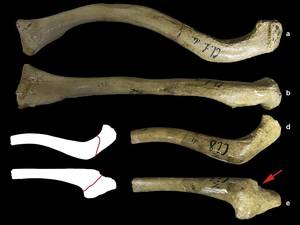
For the study of Neanderthal fossils, in addition to traditional techniques (comparative anatomy and anthropological analysis), the procedures provided from medicine are increasingly common. For example, performing computerized tomography scans of fossils or taking samples for the search for DNA are common procedures today. The research of the Neanderthal bones analyzes, among other things, the diseases they suffered, since it can be very useful to understand better the day to day.
Palaeopatology
Research into ancient diseases is called paleopathology. It must be taken into account that paleopathology has certain limitations. On the one hand, the diagnosis is based on the pathological anatomy, without possibility of other complementary tests. On the other hand, of all diseases, the study of fossils allows us to know diseases that only affect the bones. And finally, different diseases can leave similar traces in a given place. Therefore, we usually have to look through the whole skeleton and in the fossils it is not always possible.
On the other hand, diseases, in general, can be classified into three large groups: those that are due to a blow or trauma, those that come from an infection and degenerative diseases that appear in old age. They often appear from two to three. For example, breaking a bone can cause an infection or degeneration of a long-term joint.
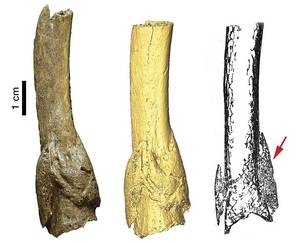
What do we know about the health of Neanderthals?
To begin with, the passage of the feeding of breast milk to solid food was difficult for Neanderthals, as shown by the defects that remain in the enamel as the teeth grow. Although the edge of the teeth is normal, in very few cases the cavities have been found. As for the traumas, evidence has been found that the Neanderthals received more blows in the head. On the contrary, it is important not to find many signs of bone fracture in the legs. Probably, the breaking of a leg bone would cause, in most cases, death, since it is essential to keep the legs in the bosom of nomadic hunter-gatherer life. In a cave in Iraq, a serious case of trauma has been found: Neanderthal Shanidar 1 lost half of the right arm and remained alive for a long time.
In the skeletons of ancient Neanderthals, signs of degenerative diseases are often found. One of the most famous is the old man located at the French site of La-Chapelle-aux-Saints. He was at least 55 years old and lost most of his teeth before he died. In addition, in the vertebrae and in the left part of the pelvis, among other things, it presented clear signs of a violent osteoarthritis. The old man Shanidar 3 also had problems in the vertebral column: in the lumbar area he had almost lost the intervertebral disc, which reduced the distance between the two vertebrae, reaching to touch his sharp apophysis. This is what we call Baastrup's disease, which in the present cases is very painful.
In Neanderthal fossils there are very few examples of infectious diseases that have affected the bones. It should be taken into account that the population density of this species was very low, as in most hunter-gatherer groups, which would make it very difficult to transmit a disease from one group to another, which, unlike what happens in our case, caused the Neanderthals to have no reason to fear pandemics.
There is, however, the skeleton of a Neanderthal with signs of traumatic, degenerative and infectious injury: La Ferrassie 1. As a young man, he broke the large trocanter of the femur, which did not limit the movement, but caused an imbalance in the pelvis that caused long-term scoliosis. In addition, in long bones, exceptional bone growth has been observed, indicating lung infection.
On the other hand, Neanderthals would probably use medicinal plants to overcome diseases and injuries. Being an action that has been found in our species and chimpanzees, it probably already existed in our common ancestor, six million years ago.
Overcoming diseases as a sign of solidarity of the group?
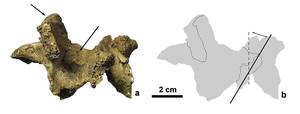
We know that the Neanderthals were sick and that in some cases they were cured with serious wounds. These wounds or diseases can have physical consequences and, in some cases, it would be impossible to hunt again as a result of a wound. According to some researchers, this individual would be invalid from that moment on, and his survival would be linked to the team's help. Consequently, when we find skeletons that have overcome a great pathology, they become a test of the battle that his team was going to teach him.
However, in this reasoning several errors can exist. In the first place, the difficulty to move or the impossibility of hunting does not prevent the ability to participate in other activities of the group, such as the collection of fruits, the production or teaching of the production of utensils, the care of children, etc. In addition, in nature, between primates and many other groups of mammals there have been cases of survival after an illness or accident. The cases of a bear that has lost the hand in a stocks, or of the apes that have continued through a large fall, with a broken arm, are more common than expected. There is no denying between the Neanderthal options of war, but other options must be taken into account. If we recognize that they were beings with great cognitive capacity and leave aside the politically correct prejudices, we can accept the flexibility of Neanderthal behavior. The Neanderthals were able to act with both solidarity and sincerity, as it happens in our species.



